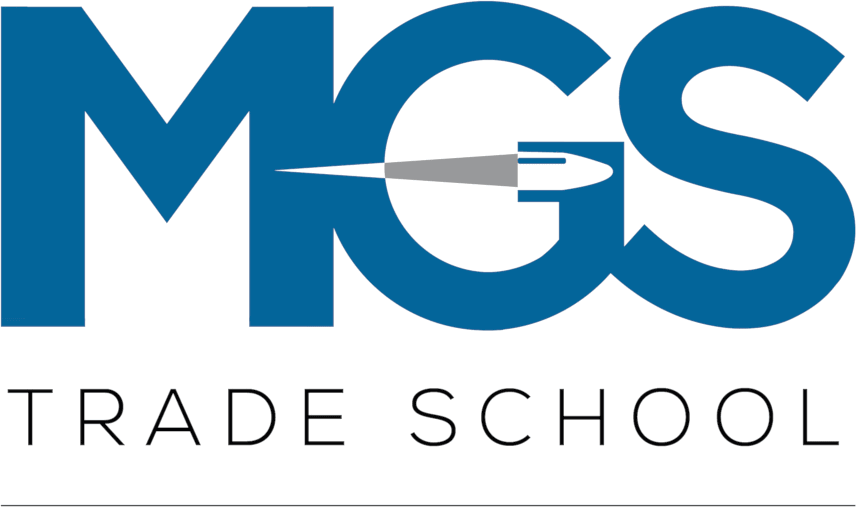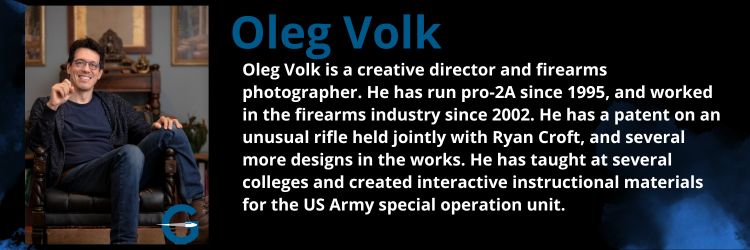3 Tips to Consider when Mounting a Scope
Mounting a rifle optic is a crucial step in achieving accurate and precise shots. One of the key considerations during this process is determining the optimal height at which to mount your scope. In this blog post, we will explore the factors that influence the height of your scope mount and provide valuable insights to help you find the perfect balance for your shooting setup.
Scope Rings
Selecting rings for mounting scopes is easy! Always pick low rings to keep the boreline offset as low as possible, right? That keeps the bullet close to the point of aim up close, and any windage error from tilting the scope is minimized. If the optic is heavy relative to the rifle, mounting it as low as possible reduces the balance disturbance. Low scope rings are the way to go, unless…
Imagine using an optic with a large light-gathering objective. Mounted in low rings, it will physically overlap with the barrel or the receiver. Imagine mounting a scope with a substantial ocular bell. Will the path of the bolt handle on your hunting rifle go through that part of the scope? Looks like medium height rings might be needed. So medium rings are the solution, unless…
Maybe you have an AR15 or some other rifle with a straight stock. The center of the optic has to be high enough for the position of your eye, hello, tall rings! But you might pick a set of tall rings for a drop-stock rifle and use a cheek riser to bring the boreline down deliberately — if shooting fast splits is more important than exact sighting, as it would be when using a rifle or a shotgun to speed-shoot steel at short to medium range.
Extra-tall rings? An abomination that exaggerates every little tilt of the gun, not to mention creates a massive muzzle-to-sightline offset that’s problematic up closer. Why would anybody bother with those? Oh, shooting a straight-line stocked rifle while wearing a gas mask. Ok, then. And shooting benchrest at a mile, where the tilted rail puts the scope at such a steep angle relative to the barrel to gain necessary elevation, that the objective bell or the sunshade would have impacted the barrel but for that extra mounting height. Bore offset? It matters rather little at distances where drop is measured in dozens of yards rather than fractions of an inch.
Achieving the Perfect Combination
Achieving the perfect scope height is a critical step in optimizing your rifle setup for accuracy and comfort. Consider the various factors mentioned below, and don’t hesitate to seek guidance from knowledgeable sources. With a bit of experimentation and attention to detail, you can find the ideal height that enhances your shooting experience and performance.
Consult with Experts:
Seek advice from experienced shooters or gunsmiths who can provide personalized recommendations based on your firearm, optics, and shooting preferences. Gunsmithing is a peer-oriented field, so it’s important to bound ideas and thoughts off of other, reputable individuals. You would be surprised to see how your knowledge can be shaped by others, especially in a subject you are unfamiliar with.
Review Manufacturer Guidelines:
Refer to the manufacturer’s guidelines for both your scope and scope rings. These guidelines often include specific recommendations for mounting height and ring selection. It is important to follow manufacturer guidelines in general, as they improve the length-of-life and functionality of firearms.
Experimentation on the Range:
Take your rifle to the range and experiment with different optic heights and ring combinations. Make incremental adjustments and observe how each change affects your shooting experience and accuracy. Much of the firearm field is spent tinkering on your preferences, why not test your findings? As your shooting changes and evolves, maybe to higher- or lower-caliber firearms to comfort, take the time to reassess and adapt. In doing so, you may find that different scope settings perform better than others.
Written by: Oleg Volk, Firearms Photographer


